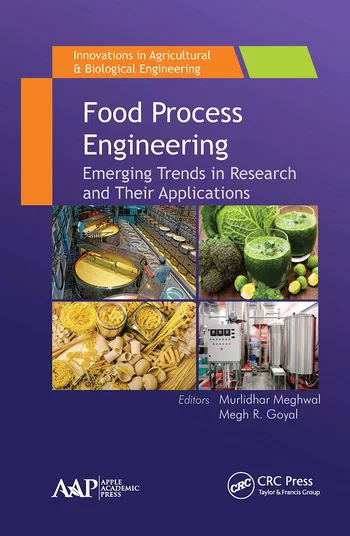Business
Protecting Your Food Processing Business in 2023: Risk and Cost Trends

In 2022, food manufacturers endured another challenging year of industry trends, which appear poised to continue this year. So, while you focus on the core competencies of your business, you’ll again navigate supply chain obstacles, skilled labor shortages, the continued effects of inflation and even cybersecurity threats. An outcome of these converging trends is another year of increased costs for ingredients, supplies and labor. Similarly, if you need to expand your footprint or upgrade your equipment to keep pace with increased consumer demand, you will probably pay more to do so.
All these changes to your business, and the broader industry, can increase your financial risks. And though rates will need to keep pace with the industry's growing cost of claims, your insurance policy remains one of the most cost-effective tools for protecting your business long-term.
Here are several developments that could impact your bottom line, including the steps you can take to make your insurance work for you in 2023.
Balance the Effects of Inflation
One overlooked result of inflation is the increase in the valuation of your equipment and properties. It simply costs more today to repair, replace, or rebuild it.
While you may see a slight increase in your property insurance rates this year due to factors outside your control, it’s important to work with your insurer to reassess your equipment and property values. If your business were to suffer a catastrophic loss, such as a fire or natural disaster, you need sufficient coverage to help rebuild and restore it.
Combat costs associated with inflation through an inflation guard provision. This allows you to set incremental increases in your business’s valuations throughout the year to keep pace with inflation.
Secure the Long-Term Future of Your Business
If your business were to sustain significant damage, business income and extra expense coverages can help restore your operations and lost revenue, while retaining valued employees during your recovery. Think of it as disability insurance for the business you’ve worked so hard to build and maintain.
Business income and extra expense insurance can help you pay your overhead costs, including employee wages, while your operations are interrupted. While many food and beverage businesses have always relied on this coverage to protect their operations from the unexpected, you'll want to make sure your coverage now reflects today's realities. Supply chain and labor issues mean that it could take longer—six months to a year or more—to replace equipment and rebuild facilities. Many businesses that sustain large property damage never reopen due to being unable to cover months of expenses while they recover.
This is a case where updating your policy could make the difference between reopening after a disaster or closing permanently.
Safeguard Against Injury and Litigation
As the labor shortage continues in food manufacturing, you may be faced with quickly placing inexperienced employees on the floor or the road. This is a financial risk for your business and puts your employees—and others—in danger. Less experienced, first-year employees, for example, account for more than 25% of all workplace injuries. And if your business starts to see a higher number of injuries, it could affect your workers' comp rates, in addition to the rising costs of injury litigation and medical treatments.
Your insurer may be able to help you mitigate injury and litigation risks by reassessing or helping you create your safety plan, driven in part by claims data. To help prevent injuries among your employees, your insurer may have a loss prevention and safety services team that can help you establish or reassess a comprehensive safety plan. They can provide materials, training and advice, and help you perform safety audits to identify risks before accidents occur. A history of fewer claims can also lead to reduced premiums.
Protect Your Business from the Effects of Cybercrime
Cybersecurity is an escalating problem, and its effects are detrimental and costly to food manufacturers like you. Cyber criminals’ capabilities have become vast and ever-changing—from mining data and executing ransomware attacks to infiltrating cooling systems in stock barns to harm animals and endanger lives through agroterrorism. According to a 2022 report from Verizon, ransomware attacks alone increased by 13% in one year, which was more than the previous five years combined. This IBM Security report states that the average cost of a ransomware attack costs $4.54 million.
Employees are often a food processor's first line of defense against cyber risks, so it’s important they are unified in your efforts to mitigate them. Your insurer can advise you on how to include cybersecurity as a component of your safety plan, and they may have materials and training available for you to use with your employees and vendors.
Your insurer may also offer cybersecurity insurance, which can help cover the costs of privacy breach services, such as:
- Computer specialists
- Legal advice
- Public relations
- Customer/vendor notifications
- Credit monitoring
Use Insurance as a Long-Term Savings Tool
In an environment where there are challenges at every turn, your safety and insurance can play an important role in helping you avoid or reduce unexpected and unnecessary losses that could jeopardize your operation.
The tips I’ve written here are just a snapshot of the many ways your insurer and the products and services they offer can help protect your business. Talk with your team, local experts, and your insurer to discuss risks specific to your business to ensure you’re protected for the year ahead.
Looking for a reprint of this article?
From high-res PDFs to custom plaques, order your copy today!







